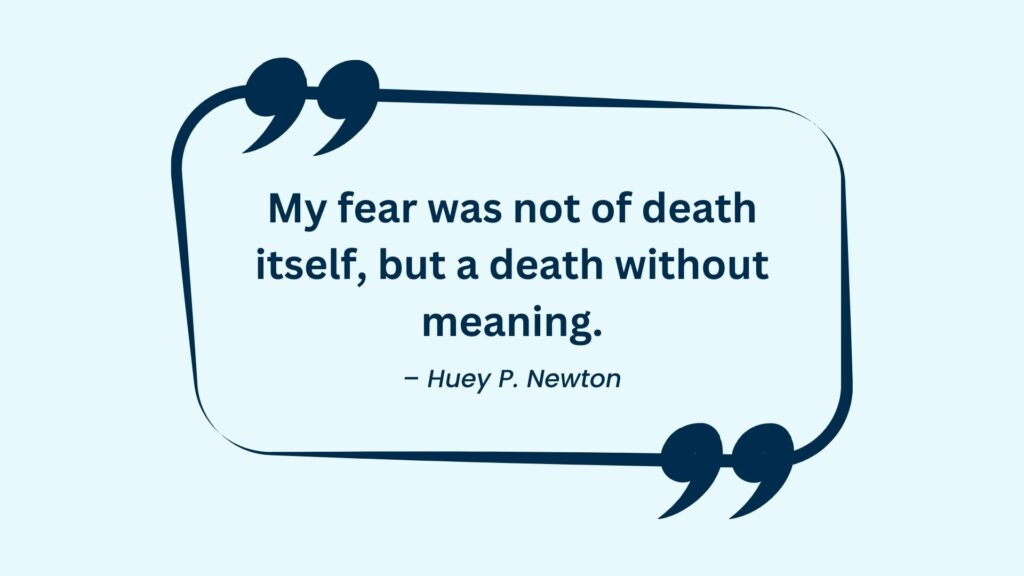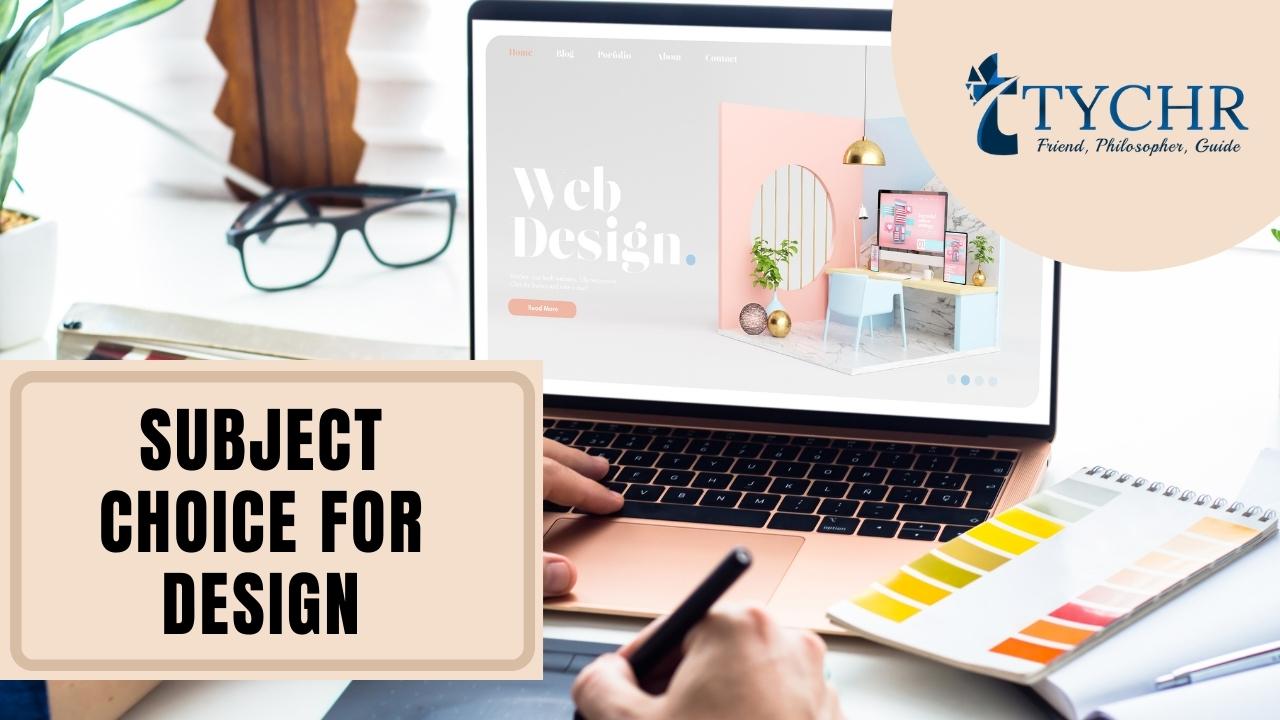Table of Contents [hide]
- 1 Frequently Asked Questions (FAQs)
- 1.1 Q1: What is Design in the IBDP?
- 1.2 Q2: What are the benefits of studying Design in the IBDP?
- 1.3 Q3: What other subjects complement Design in the IBDP?
- 1.4 Q4: Can Design be studied at both Higher Level (HL) and Standard Level (SL) in the IBDP?
- 1.5 Q5: What are the assessment components of Design in the IBDP?
There has been a lot of confusion regarding subject choices for certain streams that you might want to take in your university. This happened to me. I was unsure as to what an appropriate subject choice would be if I wanted to take a design major. There are some subjects that could widen my opportunities, such as the sciences and probably humanities. But not to worry, read further to gain a sense of direction!
To begin with, for performing arts, art and design, it would be best if you take the higher level of a subject from the Group 6 subjects, the Arts. The subjects in this group is:
- Film (HL/SL)
- Music (HL/SL)
- Theater (HL/SL)
- Visual Arts (HL/SL)
As I was personally not interested in film, music and theater, I had chosen Visual Arts. You will have to pick one subject from each group therefore you will be able to choose only one subject from this group. Furthermore, your choices narrow down depending on the subjects the school provides.
Another aspect that would aid you in making your decision are the requirements of the college and what they may require for admission. When compared to your SL subjects, they tend to look at what you’ve picked for your higher levels. Since Visual Arts was the closest option that I had, I had picked up Visual Arts HL.
Having said that, Visual Arts is a viable option out of your 3 HL’s, you can also pick Mathematics and Physics. Since design can be oriented to engineering in different approaches, Math and Physics would be a safer bet since it widens your options from just sticking to a kind of design.
Therefore, if you choose not to pursue design later, you will always have the option of choosing something like Architecture for instance. On the contrary, you will equally need to put in the hard work to get through physics and math because the courses are not the easiest. Hence, if you know for sure that you won’t be leading to the technical side, refrain from choosing the 2 aforementioned subjects.
Some of the sample subject choices for particular design courses are mentioned below:
Product Design:
- Design Technology (if your school does not provide, you can choose Visual Arts)
- Business Management
- Physics
- Math
- English
- Prefered language
Business Management is a must if you want to do product design because it would be advantageous when you study about the market and what kind of products would succeed in said market. In addition, choosing design technology is quite self explanatory since it would give you a headstart on what you may be doing in the first few semesters of your college year.
Interior Design:
- Visual Arts/Design Technology
- Psychology
- History
- Math
- English
- Prefered language
Psychology is one of the options because people tend to be greatly affected by their environment and surroundings. The kind of ambience people stay in can influence a lot of things happening in their life. The way the room is designed could also reflect the personality of the person you are designing it for. Although it may not be a straight connection, it would certainly help you in the future. History is also a valid option since history is studied for inspiration and to see how everything has progressed over the years. Nevertheless, here, you could look at the university requirements to get a clearer idea of what they are looking for.

Graphic Design:
- Visual Arts
- Design Technology/History/Computer Science
- Mathematics
- English
- Prefered Language
- Business
The reason behind choosing business and history is similar to that of why it is recommended for product and interior design. Graphic designers tend to start their own design company and become entrepreneurs in the long run thereby choosing business can be one of the primary options. Furthermore, designers design for newspaper/magazine or any business clientele for that matter. Understanding and studying business would help designers understand how they operate and what they require – marketing for instance.
Knowing how to optimize marketing will aid you when you make the marketing content. Needless to say, the world is becoming digital now. Studying computer science even at a standard level may give you an upper hand since it teaches you programming languages, computer graphics, etc. All of these skills will eventually be acquired during the course of your university degree.
All in all, you are also at the liberty to drop subjects like psychology and history and pick up a science if you are not 100% sure. It just so happens that having a science subject always widens your range of opportunities. Again, the choices may differ depending on the subject choice requirements by the particular university. Choosing the IBDP puts you at an advantage since the curriculum allows you to choose subjects specific to what you want to pursue in university. Reading this would’ve probably given you a clearer idea. Let us know how it goes!
Frequently Asked Questions (FAQs)
Q1: What is Design in the IBDP?
A: Design is one of the Group 4 subjects in the IBDP, which focuses on design and technology. It encompasses a wide range of design areas, including product design, architecture, fashion design, and graphic design.
Q2: What are the benefits of studying Design in the IBDP?
A: Studying Design in the IBDP can help students develop critical thinking, problem-solving, and creative skills. It can also prepare them for further study or careers in the design industry.
Q3: What other subjects complement Design in the IBDP?
A: Subjects that complement Design in the IBDP include Mathematics, Physics, and Art. Mathematics and Physics can help students develop their technical and analytical skills, while Art can provide a foundation for developing visual literacy.
Q4: Can Design be studied at both Higher Level (HL) and Standard Level (SL) in the IBDP?
A: Yes, Design can be studied at both HL and SL in the IBDP. HL requires a more in-depth understanding of design theory and practice, while SL focuses on developing basic design skills.
Q5: What are the assessment components of Design in the IBDP?
A: The assessment components of Design in the IBDP include a design project, a design journal, and an external examination. The design project and journal are internally assessed by the teacher, while the external examination is externally assessed by the IBO.







